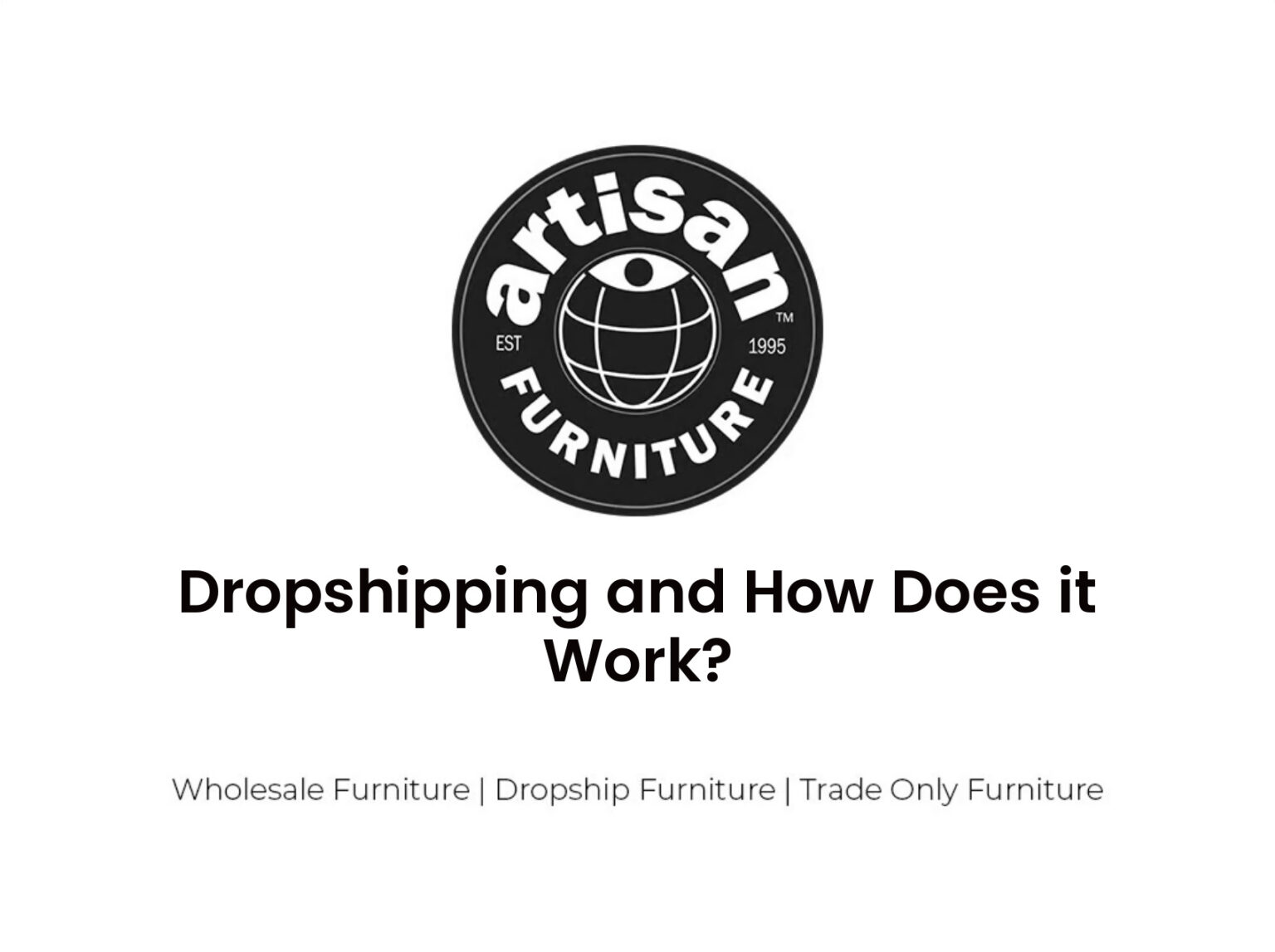
Dropshipping and How Does it Work?
Table of Contents
ToggleWhat is Dropshipping and How Does it Work?
Dropshipping is a retail fulfillment method where online stores do not keep products in stock. Instead, when a store sells a product, it purchases the item from a third party and has it shipped directly to the customer. This allows retailers to offer products without having to manage inventory or warehouses.
What is Dropshipping?
Dropshipping is a streamlined form of order fulfillment where an online retail store does not physically stock the products it sells. When a customer places an order, the store purchases the item from a third-party supplier who then ships it directly to the customer. The retailer is essentially a middleman between customer and supplier.
How Does Dropshipping Work?
With traditional ecommerce stores, the retailer holds inventory and ships products directly when there is a sale. With dropshipping, the store sells products without ever handling inventory. When an order comes in, the store notifies the supplier, who then fulfills the order and ships it to the customer.
The Dropshipping Process
The dropshipping process consists of three main steps:
Step 1: Customer Places Order
The process begins when a customer places an order on the dropshipper’s online store. The store showcases product listings typically with photos and descriptions. However, they do not actually have the items in stock physically.
Step 2: Store Purchases Item from Supplier
Once an order is received, the dropshipping store purchases the product from a third-party supplier. This supplier might be a wholesaler, manufacturer or other retailer. The supplier stocks and ships the items to customers on behalf of the dropshipping store.
Step 3: Supplier Ships Product to Customer
Finally, the supplier packages the order with the branding and logo of the dropshipping store, then ships the item directly to the customer. The customer typically has no idea the order is fulfilled by a third-party. This allows the dropshipping store to sell items without having to handle any inventory or shipping tasks. The store earns profit from the markup between the wholesale supplier price and retail customer price.
Finding Dropshipping Suppliers
Choosing reliable suppliers is key for any successful dropshipping operation. Some options for sourcing suppliers include:
- Dropshipping Directories – Large databases like SaleHoo, Doba and WorldWideBrands contain thousands of verified suppliers. Most offer free and paid plans.
- AliExpress – This Chinese ecommerce giant connects dropshippers to manufacturers and wholesalers located in China. Products are often low-cost.
- Niche Suppliers – Many niche industries like toys, clothing, jewelry etc have specialized wholesale directories to find related dropship suppliers.
- Manufacturer and Wholesaler Websites – Research specific brand company websites for information on applying for wholesale access.
Ideally suppliers should have integration options, provide quick fulfillment and shipping, and offer wholesale pricing. Testing different suppliers is recommended to find ones best suited for your products.
Setting Up a Dropshipping Store
Once you’ve found suppliers, you will need to set up an online storefront to showcase and sell your products. Key steps include:
Choose an Ecommerce Platform
Shopify and WooCommerce are popular platforms for powering dropshipping stores. Both integrate easily with suppliers and offer themes, marketing tools and support.
Install Supplier Integrations
Apps like Oberlo for Shopify make connecting your store to suppliers seamless. This allows you to import and manage products with just a few clicks.
Import Products
Browse supplier catalogs or marketplaces and import your chosen products to your store. Listings will pull supplier provided images, descriptions and pricing.
Customize and Design Storefront
Choose a theme and customize your store branding. Quality photos and product copywriting are vital. Provide an easy shopping experience.
Benefits of Dropshipping
Dropshipping provides several advantages compared to traditional ecommerce models:
- Low Startup Costs – You can launch a store without high upfront inventory investments. Only pay suppliers after making sales.
- Easy to Scale – Suppliers handle most fulfillment tasks as you grow. Focus on marketing and customer acquisition.
- Wide Product Selection – Add new products instantly since you aren’t limited by your own inventory.
- Flexible Setup – Manage your business and work remotely from anywhere with an internet connection.
- Easy Testing – List new products risk-free. Discontinue underperformers without getting stuck with inventory.
Drawbacks and Challenges
However, dropshipping does come with some potential downsides to consider:
- Low Profit Margins – High competition can make big margins difficult, especially for commoditized products.
- Quality Control – Communicating issues with suppliers can be a hassle. Returns and defects can hurt your business.
- Shipping Times – Customers expect fast shipping. Global suppliers means longer transit times.
- Inventory Issues – Out of stocks or order errors can occur. Limited insight into supplier inventory counts.
- Brand Control – Reliant on supplier product info and branding. Customization is often limited.
Getting Started with Your Dropshipping Business
Ready to launch your own dropshipping store? Here are some tips to get started:
Find a Product Niche
Research markets and identify an underserved niche with demand for your products. Avoid oversaturated markets.
Search for Suppliers
Source high-quality suppliers that fulfill orders quickly and reliably. Build relationships.
Create Your Online Storefront
Use a platform like Shopify for an easy-to-manage dropshipping website.
Focus on Marketing
Build an audience for your store through SEO, social media and paid advertising.
Provide Excellent Customer Service
Communication and support help retain customers and establish credibility. The dropshipping model provides an accessible entry point for aspiring ecommerce entrepreneurs to start an online business without major inventory costs or overhead. This flexibility comes with logistical challenges like shipping delays and profit margin limitations. Overall dropshipping represents an intriguing opportunity for selling products through online stores. Careful supplier vetting and stellar customer service help set your business up for sustainable success.

